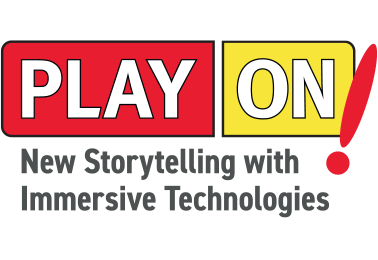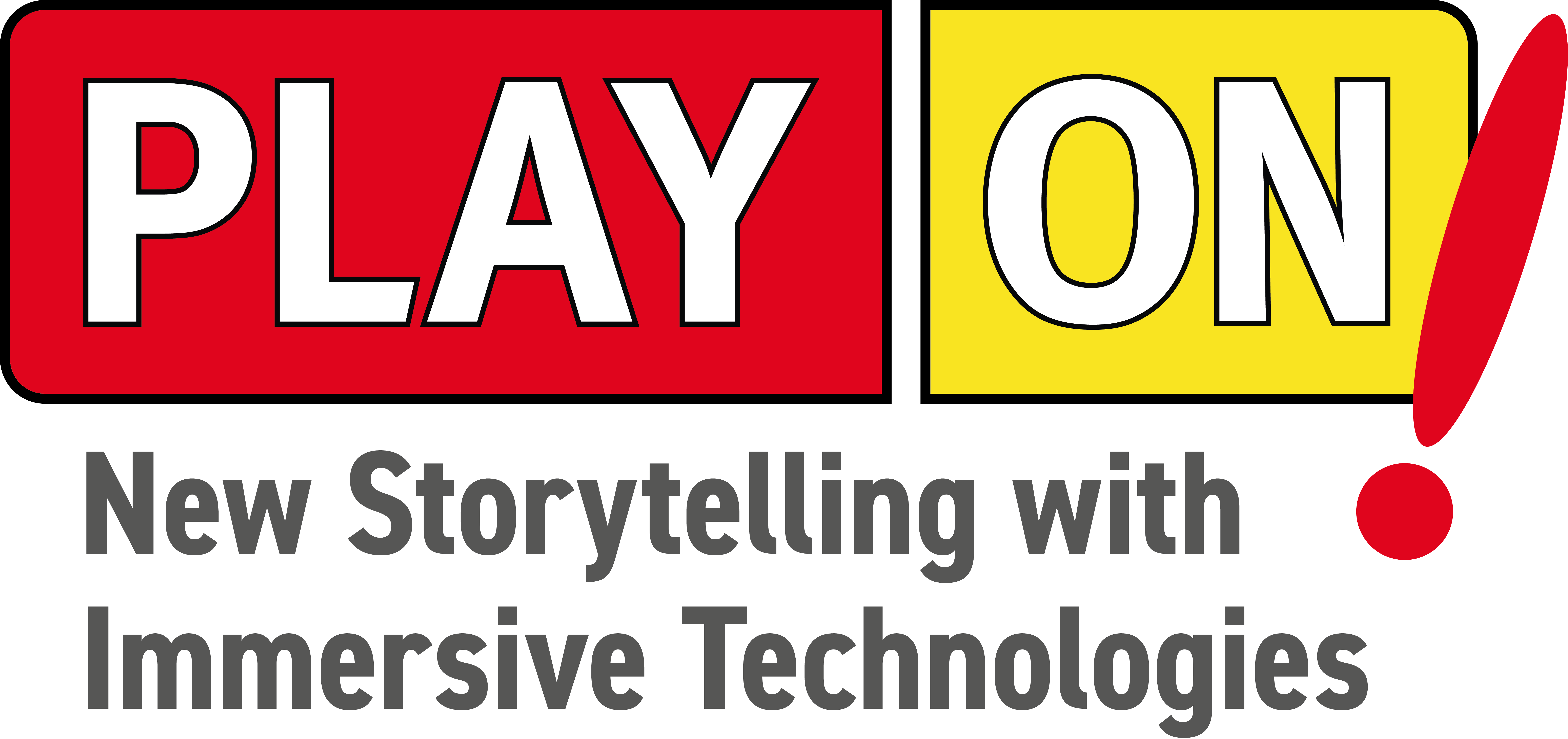Technology workshop in Ålesund/ Norway

Pilot Theatre and Teatret Vårt met in Alesund at the University to explore micro controllers to make interactive props. The collaboration ran across two days and was facilitated by Johannes Payr and Peter Lorenz from the Akademie für Theater und Digitalität Dortmund. Each theatre commonly explored the application of this technology for their productions The Dream Play and Monoliths with artists and technicians attending.
Blog Post from Oliver O’Shea (Pilot Theatre, UK)
Over the two days, we were introduced to the technology, and invited to explore how we could use microcontrollers in our upcoming theatre projects. The group listened to presentations, typed code into software, wired-up development boards, raised dramaturgical questions, consulted with technologists, created prototypes, and benefited from international exchange and collaboration.
We learnt that microcontrollers are essentially small computers and widely used across society. They are low-cost and relatively accessible for those with some fundamental knowledge of coding and electronics.
As a case study, Peter and Johannes shared with the group how they have been using microcontrollers in their project Invisible Cities, in Innsbruck, Austria. They developed an interactive ‘performance machine’ contained in a pizza box, as a response to the restrictions of the pandemic. It is an interactive experience, autonomous and self-contained, which audiences can order to their home, as if they were ordering a takeaway. By interacting with the pizza box via buttons which trigger the microcontroller, audiences can share their own experiences of living in the city.
At Pilot, we have used microcontrollers before, notably in our project Traitor VR, which allows audiences to affect a virtual-reality experience based on how they interact with a physical prop. But gaining a greater understanding of this technology, and its range of potential applications through the workshop, is encouraging us to consider how this technology could be applied further.
In particular, it was an opportunity for our Projects Producer, Lucy Hammond, to test the possibilities and limitations of using a microcontroller for Monoliths, an in-development project which explores the relationship between women and the Yorkshire landscape. And, for Theatret Vårt, this workshop gave them the space to experiment with how this technology might be used by performers in their upcoming promenade production Drømmespillet.
So, in simple terms, how can a microcontroller enhance the interactivity of a prop? By creating an ‘input’ to a microcontroller, a person can interact with it. The microcontroller can be programmed through computer coding to perform an action when instructed, such as, to play an audio track when a button is pressed. The range of possible ‘inputs’, however, allows the interaction with the microcontroller to be very creative, beyond the pressing of a button: movement, audio, heat and light sensors and many more could all be used as ‘inputs’.
For example, imagine if the object you picked-up suddenly started playing music – how could this be achieved? Theoretically, if a microcontroller, sensor, and audio speaker were embedded within a prop: a sensor could detect the object being held by an audience member, and then the microcontroller could trigger the ‘output’ of playing audio. In this way, the interactivity of a prop in a theatre performance can be enhanced, either for a performer or, more powerfully, for an audience member or participant.
Perhaps the most pertinent creative uses with this technology are for small-scale interactive experiences and installations. But the scope of this technology opens-up possibilities in all forms and departments: unique props within traditional drama; automated devices for gathering audience feedback; and co-creation tools within participatory projects and education settings. We are truly inspired and excited to see how we can use microcontrollers as creative tools, now and in the future

